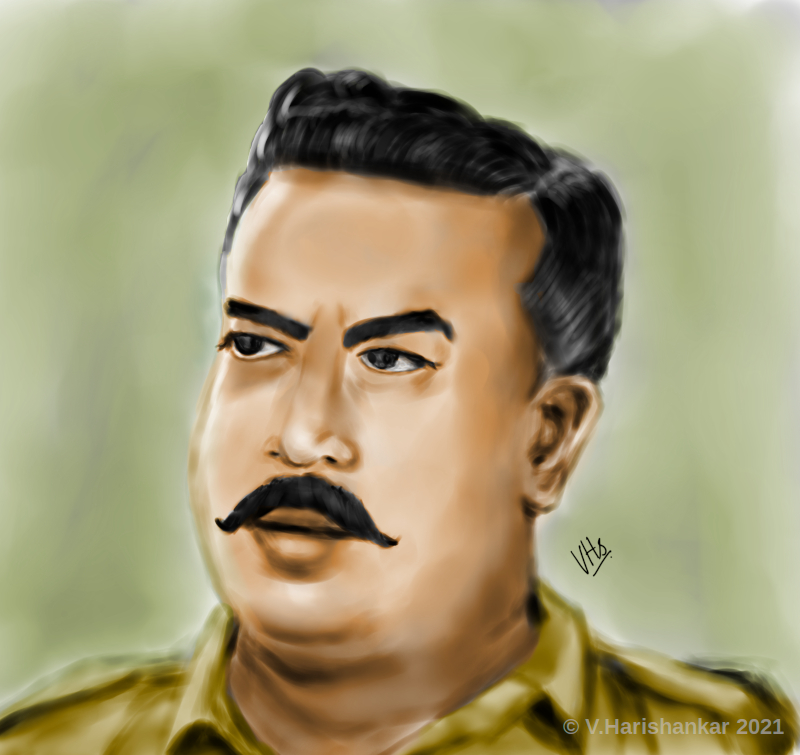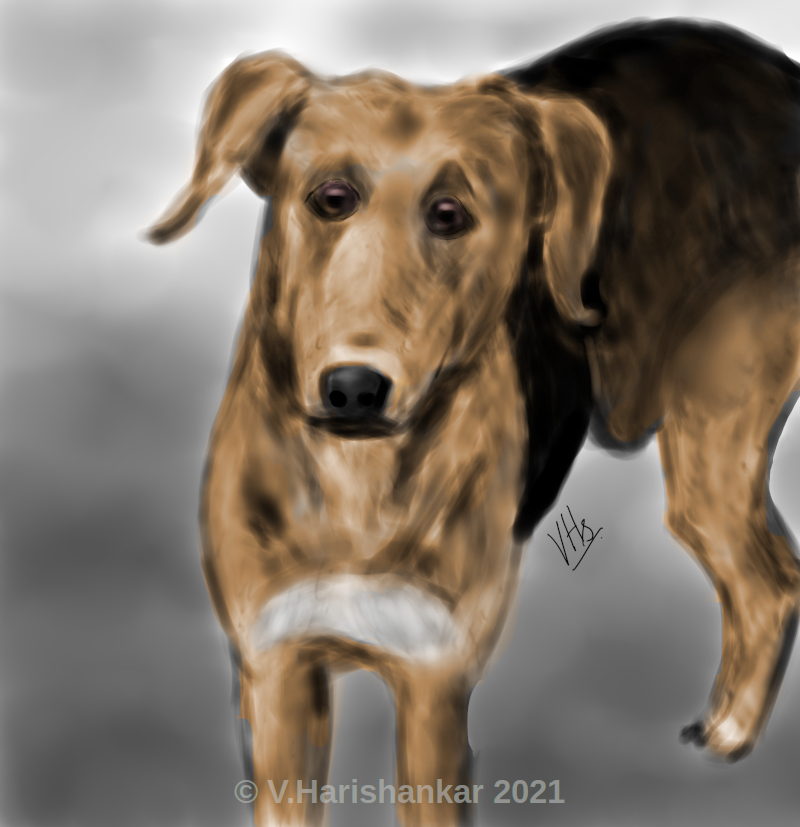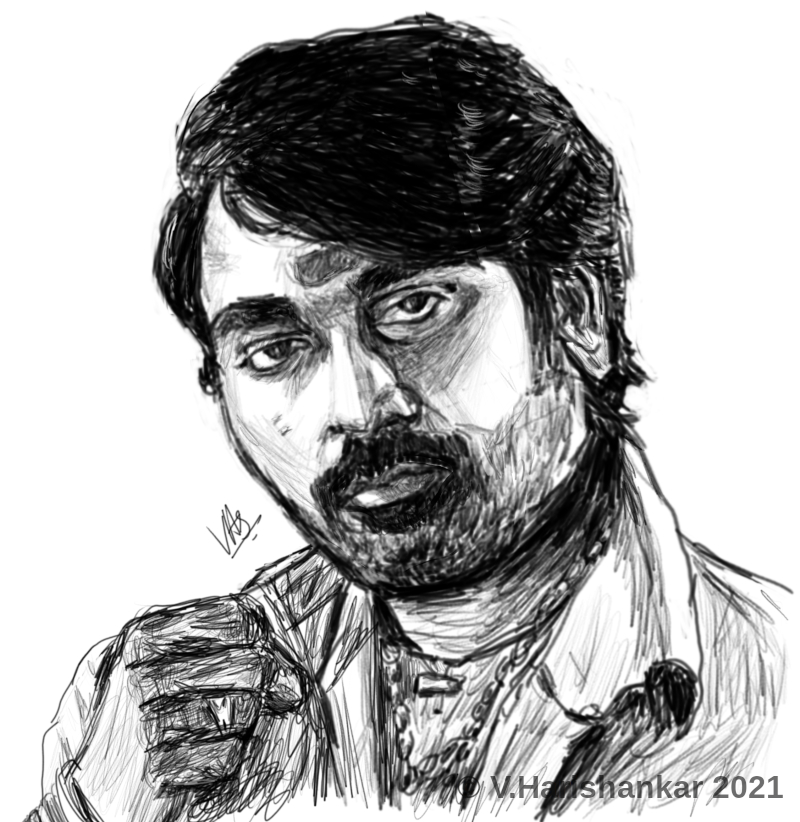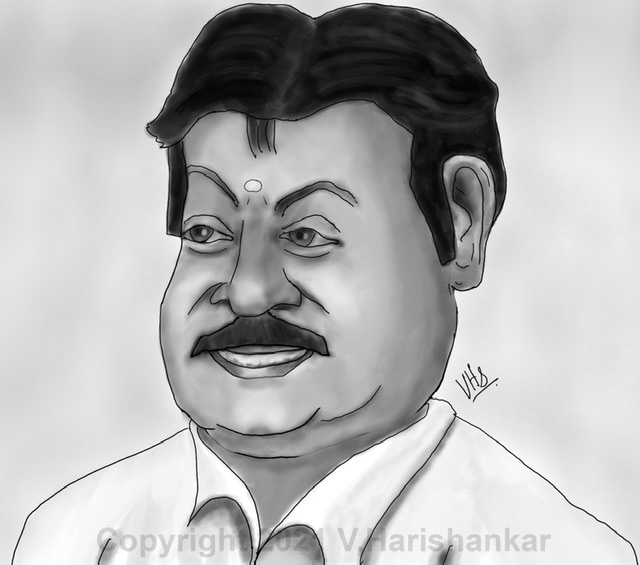Kolavai Lake Chengalpattu
A painting of Kolavai Lake, Chengalpattu, using Krita with my XP-Pen Artist 10s.

Yet another landscape painting in Krita. I downloaded Krita 5 beta 2 to try out some of its new features. Though I tried the new brushes (RGBA brushes and the water colour brushes) I found the strokes to be extremely laggy on my laptop to the extent that I couldn’t create a painting with them. Maybe in future, when I get a more powerful laptop, I might use these brushes. For now, this painting is created using the default “Paint” set brushes.
Kolavai lake is a lake near Chengalpattu in Tamil Nadu and is a beautiful location. It is a major source of water for the nearby districts and is an ecologically sensitive area. I had already painted this beautiful lake a long time ago.





